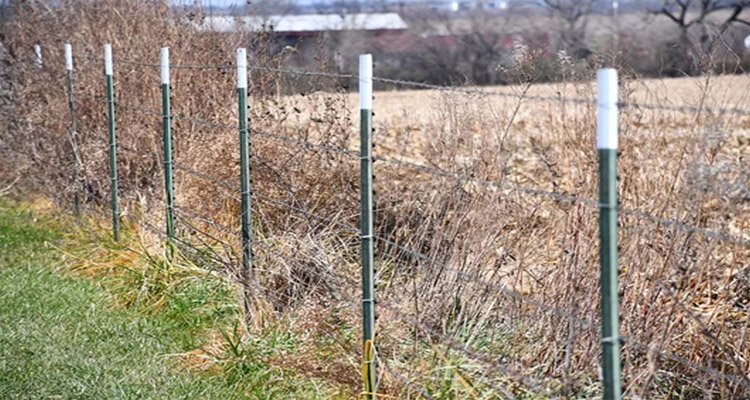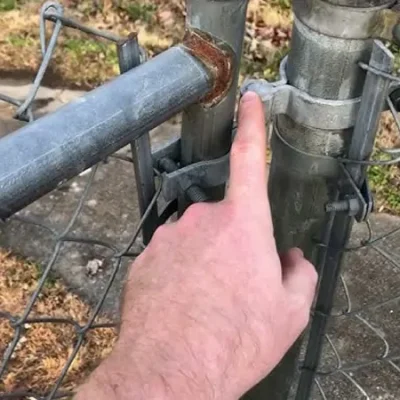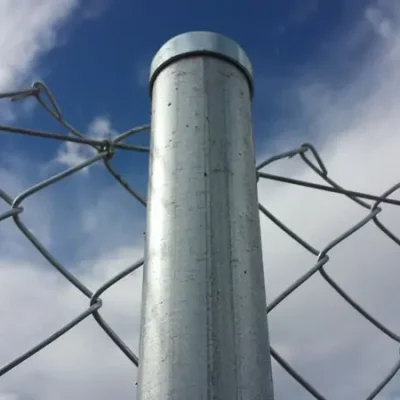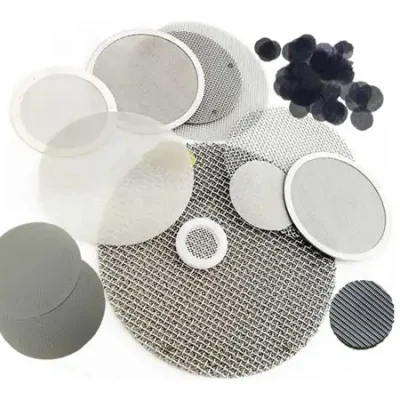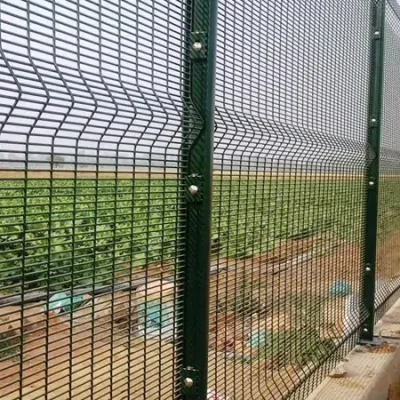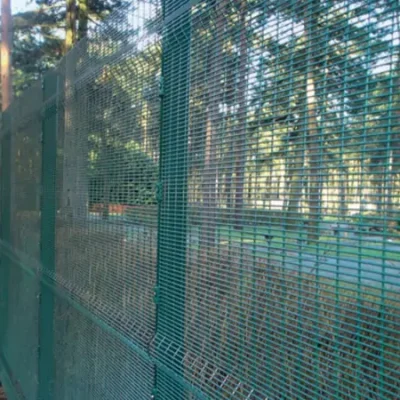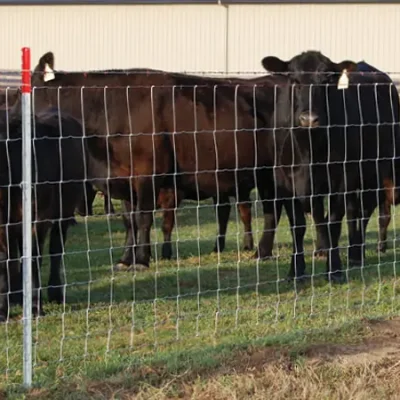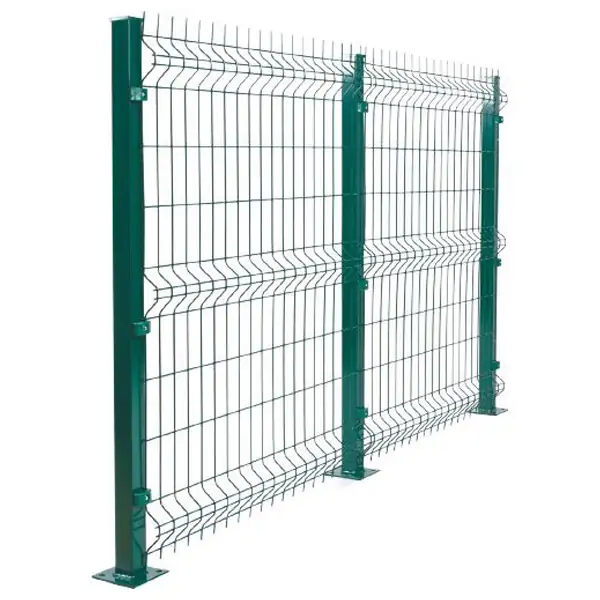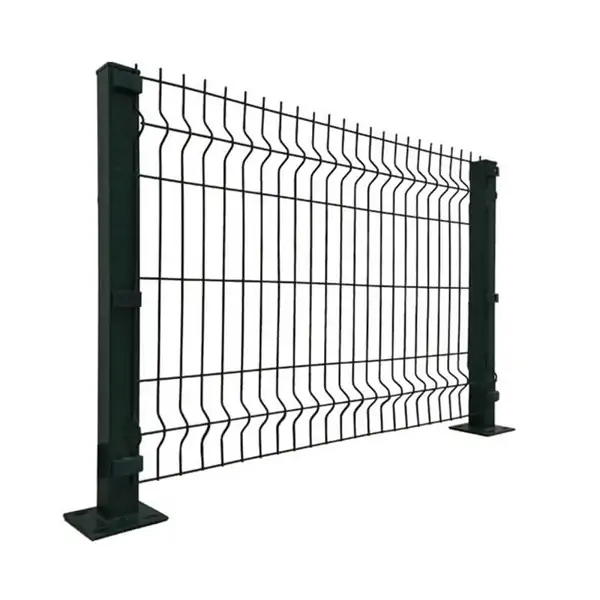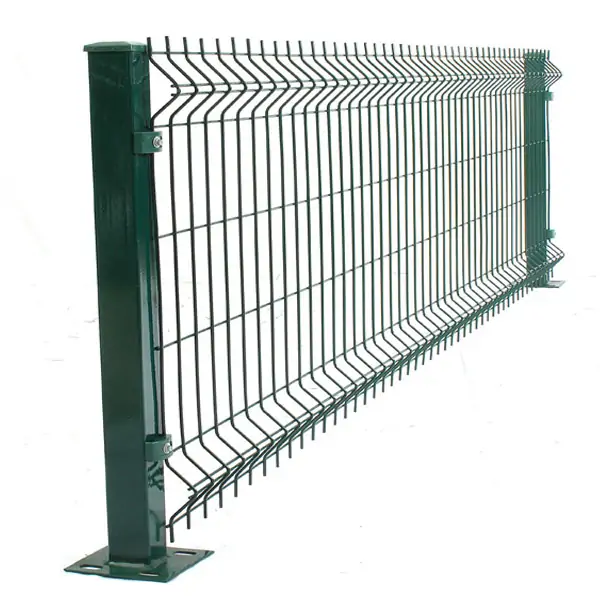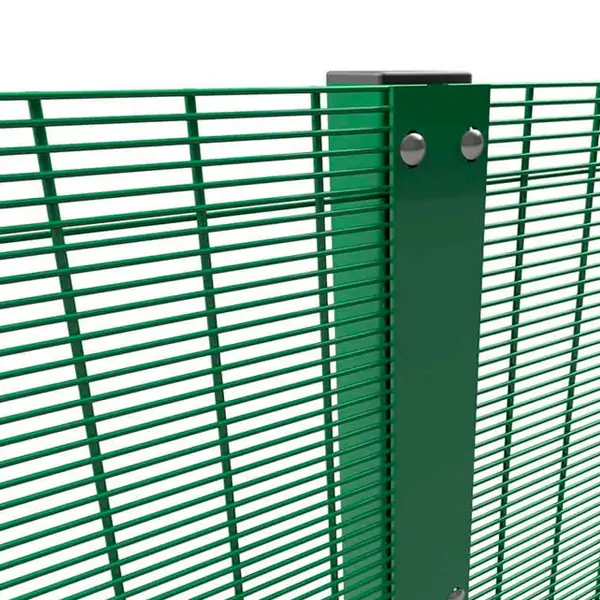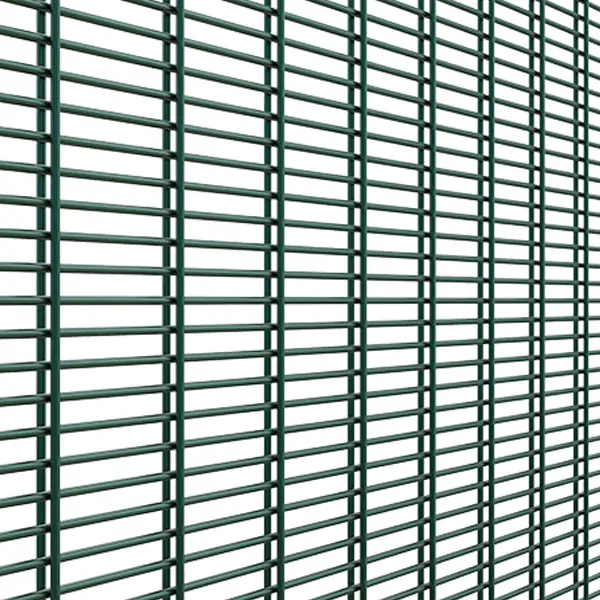When building a farm cattle fence, in order to ensure the stability and effectiveness of the fence, the problem of column spacing is one of the problems that troubles farmers. The type of fence, topography and intended use of the fence are all major factors that influence the spacing between cattle fence posts on your farm. In this guide, we’ll provide you with some valuable references to help you determine the proper spacing of fence posts on your farm.
Table of Contents
ToggleFarm Fence Type
The type of fence you plan to build will affect post spacing. Different fences have different support requirements. For example, if you are installing a chain-link fence, field fence, or livestock fence, the posts should be spaced closer together to prevent the wire from sagging or becoming stressed due to animal pressure. On the other hand, if you are installing a board fence, the spacing between the posts can be wider.
Topography
The topography of the land plays a vital role in determining column spacing. If your farm’s terrain is uneven or hilly, you may need to adjust post spacing accordingly. In areas with steep slopes, consider moving the posts closer together to maintain the stability of the fence. Additionally, in areas prone to flooding or high wind loads, closer spacing is recommended to provide adequate reinforcement.
Farm Fence Height
Fence height also affects post spacing. Taller fences require posts to be placed more frequently to support weight and withstand strong winds. For example, for a five-foot-tall livestock fence, it is recommended to place posts approximately six to eight feet apart, while a shorter three-foot chain link fence may require posts every ten to twelve feet.
Purpose of the Fence
The intended use of the fence will also determine the post spacing. If the primary purpose of the fence is to contain livestock, closer spacing between posts is required to prevent animals from crowding through or damaging the fence. However, if the fence is primarily decorative, wider spacing may be considered for aesthetic reasons.
Materials and Budget
The type of material you use for your fence and budget constraints may also affect post spacing. If you choose more expensive materials, such as pressure-treated wood or steel posts, spacing them wider can help keep costs down. However, there is always a balance between cost savings and the overall stability and durability of the fence.
Local Regulations
Finally, be sure to check local regulations and building codes regarding fence construction. Some areas may have specific fence post spacing requirements that you need to follow. By following these rules, you can avoid potential problems.
By considering these factors above, you can ensure that your farm fencing will provide you with the functionality and security you need for years to come. If you have other fence questions or need other fence products, you can also contact us. I wish you a prosperous career!

